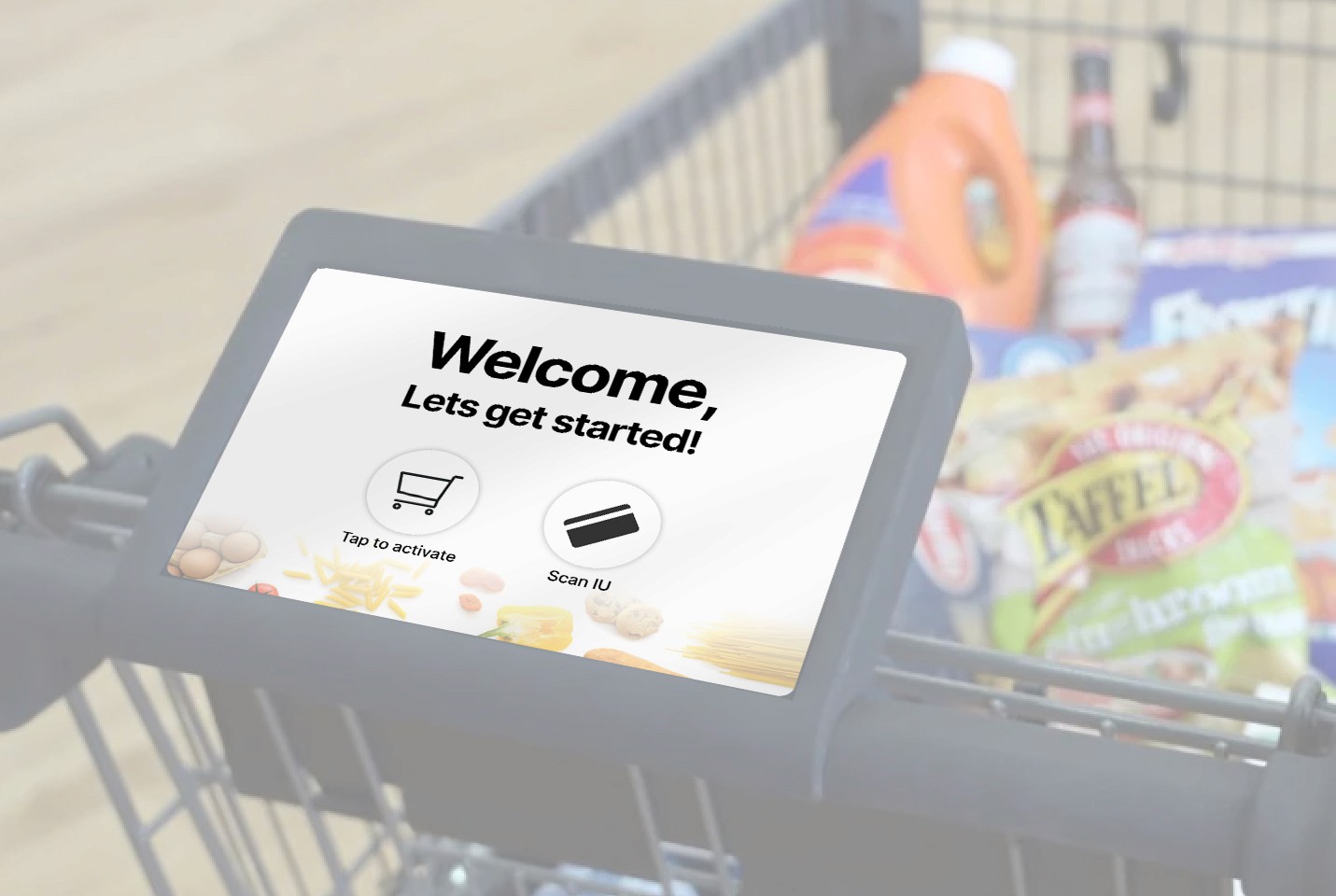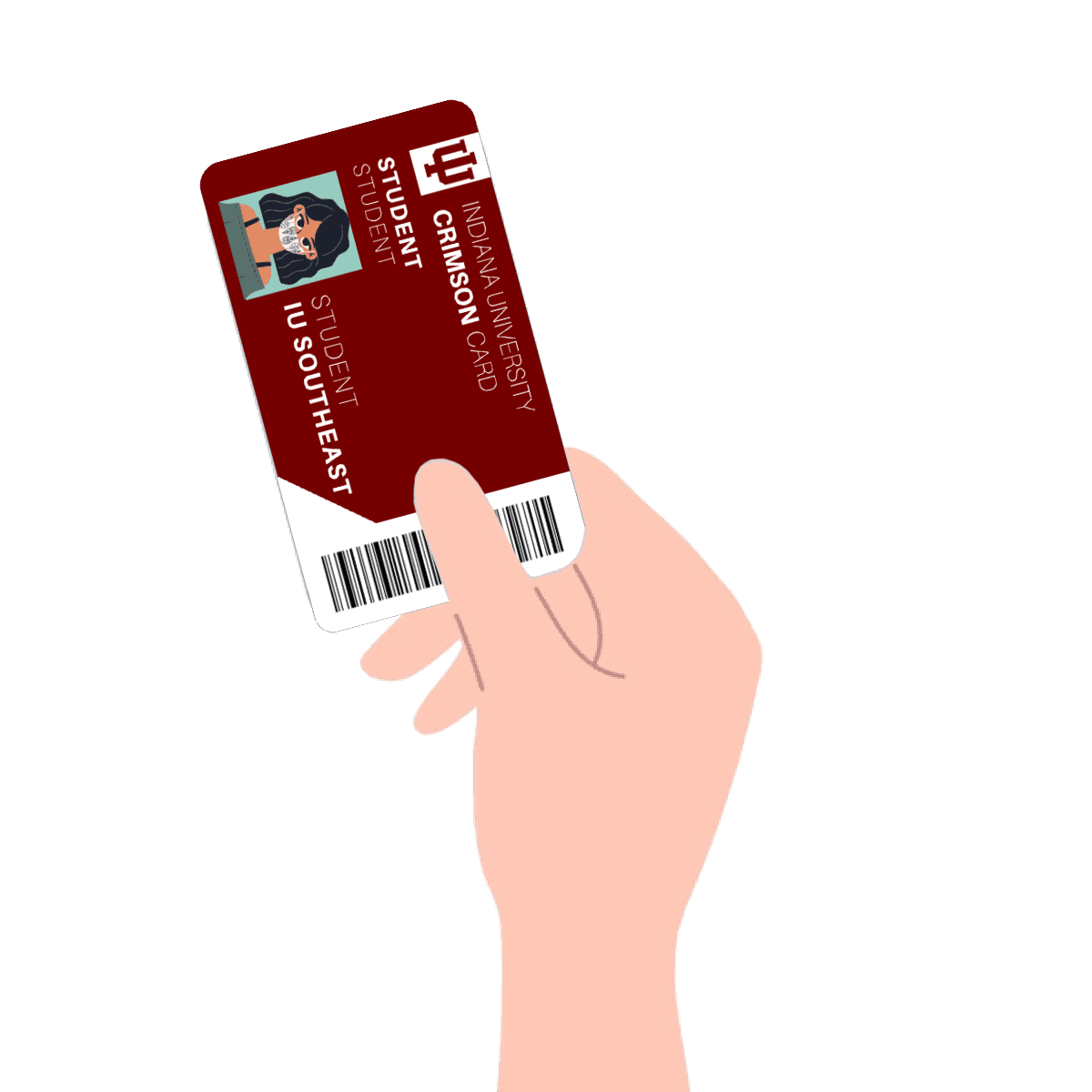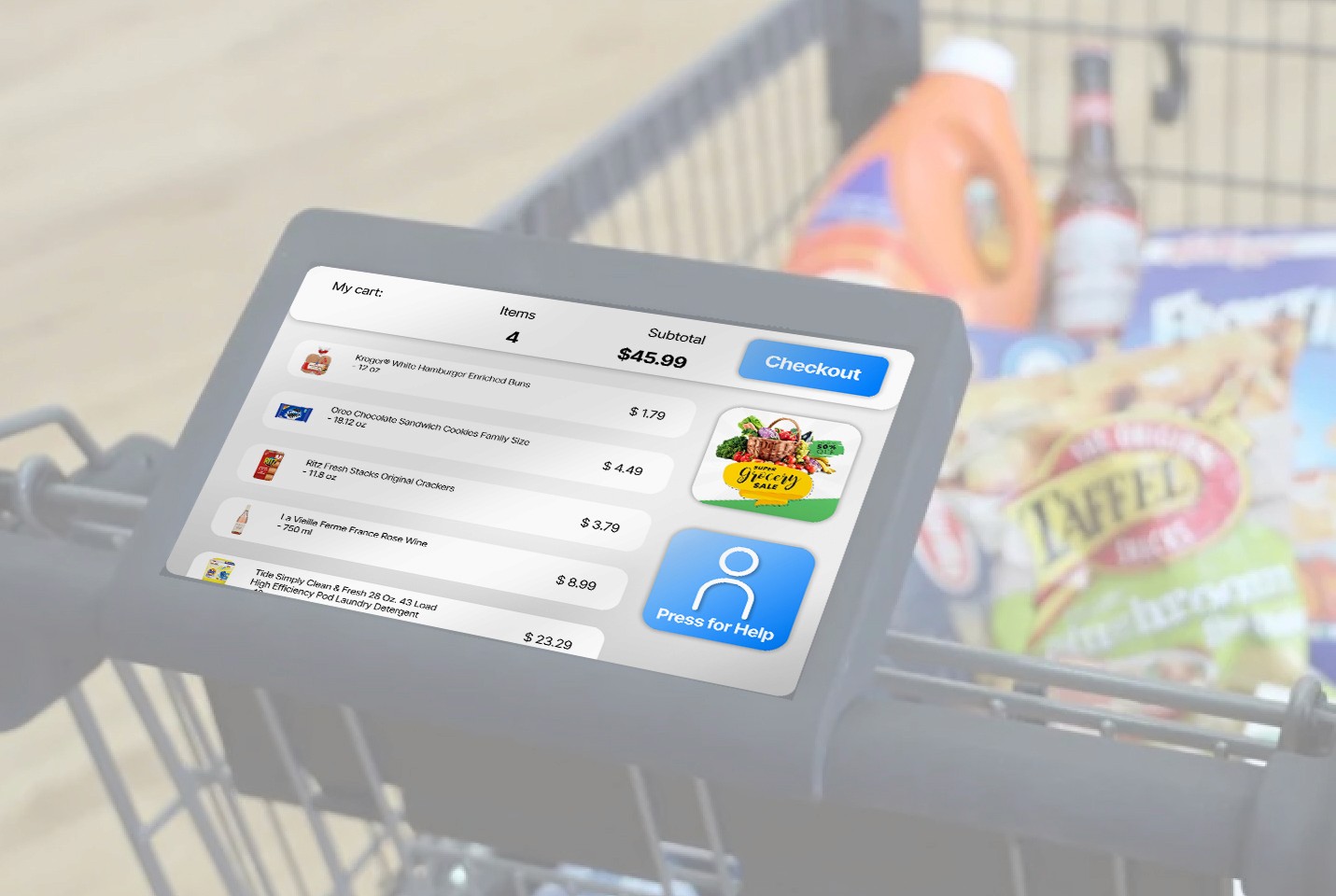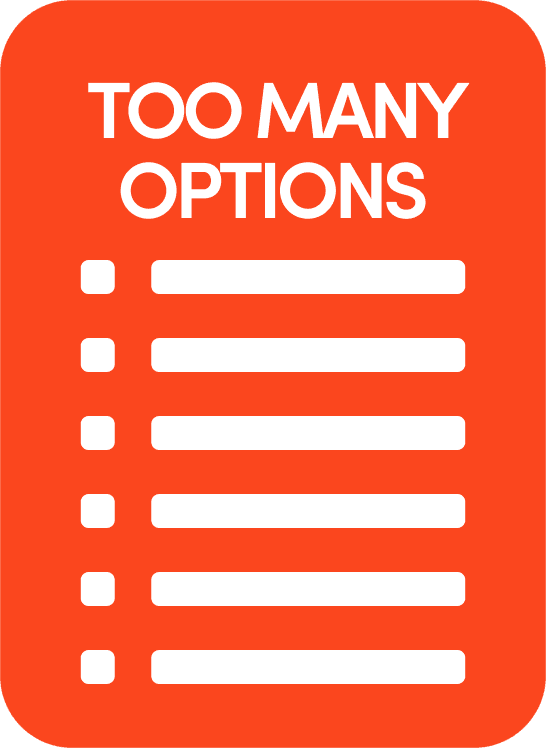SHOUVIK
Scenario 1 - Smart Cart Alerts
At the start, users scan their student ID card and complete a brief questionnaire on dietary needs and discounts. This creates a personalized database, alerting users to sales and allergens. If an allergen is detected, the cart handle lights up and vibrates, warning the user.





Scenario 2 - Assistance Alerts
When a user needs assistance, they can simply press a button to alert the nearest store employee. The corners of the cart will light up, making it easy for the employee to locate the user in need. Additionally, the employee will receive the user's IU identification on their screen, enabling them to provide personalized suggestions.




From a quick Body Storming method we found :


Button Appeal
A visually appealing button invites clicks.
Discount
Repetition
Discounts are mentioned both on-screen and by store employees.
Phone Call Function
User requests the button to function for direct help via phone call instead of social interaction.
Crimson Card
Payments
User inquires if the crimson card can be used for payments due to its built-in account.
The Learning
The project pushed us to rethink conventional interface design by fostering genuine human connection. We explored ways technology could integrate seamlessly into human behavior and social dynamics, shifting focus from screen-based interactions to natural engagement.
Human-Centric Interaction
Created a product that goes beyond traditional UI, blending technology with social behavior for a more natural, meaningful user experience.
Usability Testing Impact
Bodystorming emerged as the most effective method, overcoming initial usability issues and revealing deeper insights into how the product could integrate into users’ lives.
What if the product did not have an interface and could just prompt human interaction.

The clueless shopper

The button

The help
Tactile Response
A call button to call store employees.
Haptic Feedback
A vibration alert about allergens.

Visual Affordance
Light feedback on pressing the button.
Introducing
Retail Buddy
A digital insert that adds a personal touch in the social interaction between employee and students.

Smart Carts
Smart carts allows users to scan their products as they shop to avoid time wasted on huge checkout lines.

Digital Button
Users interact with aisles, shelves, and the cart throughout the shopping process. The cart’s digital screen will feature a call button for assistance.

Crimson Card
IU students can use their digital card for ID, access, and payments. Scanning it on the cart provides personalized shopping advice.

Ecosystem
The shopping ecosystem registers student details each time the IU card is scanned on the cart, enabling personalized assistance from employees.
Problem Statement
How can we encourage social connections in a grocery shop dominated by impersonal self-service?
We conducted analytic observation of user groups, spatial layouts, and staff roles, uncovering varied shopping insights.
Minimum Human Contact
Many shoppers preferred limited interaction with store staff during their visit.
Self-checkout Preferred
Customers showed a strong inclination toward using self-checkout over traditional cashier lanes.
Layout Impacts Purchases
The store’s spatial arrangement significantly influenced shopping patterns and purchase decisions.
Affinity Mapping helped us with a few insights
A user unable to find a product is unlikely to approach an employee.
Users wanting help had difficulty finding staff, especially in big stores.
dietary constraints
shop as you think
option overload
Human Interaction - The Lost Social Link
endless splurge cycle
shop as you think
impulsive buying
money constraints
infographic confusion
dietary constraints
Understanding the user’s struggles
USER JOURNEY
Liam.
23 years old
IU Student
Irish
Pre-Shopping
Exploring
Engaging
Checkout
POSITIVE
NEGATIVE
'need to shop real quick'
'lets get the groceries fast'
'too many products to select from'
'i cant find honey'
'where is the grocery clerk'
'i cant waste time, need to leave'
'that's a massive check-out line'
Less than a quarter of grocery shoppers find it difficult to find store help!




Grocery shopping can be tough
Timeline
13 Weeks
Role
UX Design
Team
4 UX Designers
Tools
Figma
Miroboard
Contribution
Brainstorming
User Testing
Prototyping
Push for Help!

Project Overview
Retail buddy is a button function that initiates a human interaction between store employees and customers, allowing for a more personalized exchange of information.
Our team aimed to make digital features more inclusive for users with accessibility needs, while also identifying opportunities to expand Microsoft’s reach and impact.



